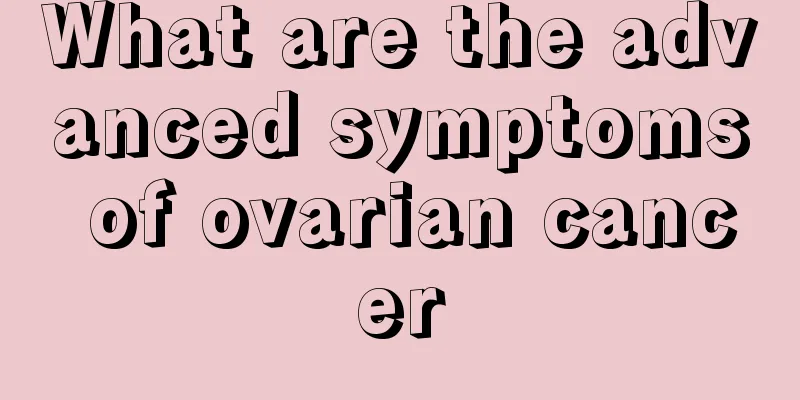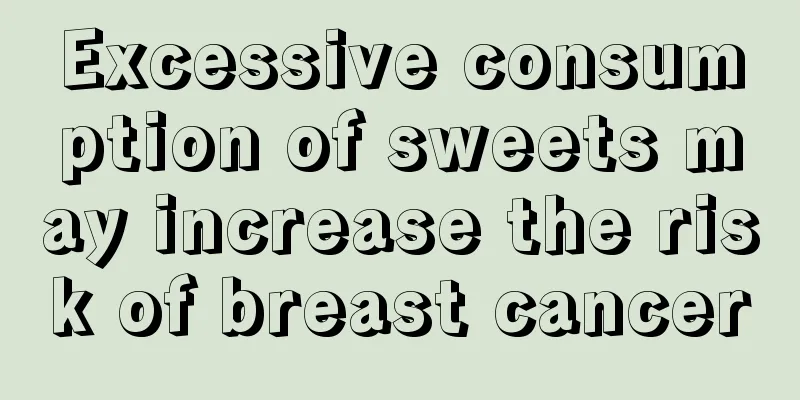How to treat allergic purple palace

|
The most obvious symptom of purpura is the appearance of small blood spots of varying sizes under the skin. Therefore, when patients find small blood spots under the skin, they should consider whether they have purpura. There are many types of purpura. In addition to congenital hereditary purpura, there is also allergic purpura. Allergic purpura often occurs in children. What measures should be taken to treat it? Treatment of Henoch-Schonlein Purpura After discovering that their child has Henoch-Schönlein purpura, parents need to take treatment measures immediately. First of all, it is necessary to clarify the treatment principles of Henoch-Schönlein purpura: 1. Try to eliminate allergenic factors. 2. Corticosteroids can be used for fever and arthritis, but they cannot prevent kidney invasion. Immunosuppressants can be added for patients with stubborn chronic nephritis. 3. Traditional Chinese Medicine: Treat based on syndrome differentiation and clinical symptoms of the disease. What medicine should be taken for allergic purpura? Children can also be treated by taking medicine: Anti-allergic drugs: Astemizole, Chlorpheniramine, Calcium Gluconate. Drugs that reduce vascular permeability: Anluoxue, rutin, and vitamin C. Platelet aggregation inhibitor: dipyridamole. Adrenal cortical hormones: hydrocortisone, prednisone (prednisone), dexamethasone. For patients with renal type or those who are not well treated with prednisone, immunosuppressants (such as cyclophosphamide, azathioprine and other chemotherapy drugs) are also used. In addition, parents can also choose compound rutin, calcium supplements, antihistamine preparations, etc. for treatment according to the cause of the child's illness. What to eat for allergic purpura Children suffering from Henoch-Schönlein purpura need not only medication but also pay close attention to their daily diet. Parents should do the following: 1. Stop eating foods that may cause allergies. Allergy is a major cause of this disease. Many foreign proteins can cause allergic purpura, including fish, shrimp, crab, eggs, milk, broad beans, pineapple, etc. Children with Henoch-Schonlein purpura should immediately stop eating foods that may cause allergies and avoid contact with suspected allergens. Once a food is found to be allergenic to a child, the child should be prohibited from eating this food for life, and the child should not use cooking utensils and tableware that have come into contact with this food. In addition, it is best not to feed children with Henoch-Schönlein purpura vegetables such as fresh flower buds that they have never tried before, because plant pollen is also a common allergen. 2. Eat more protein-rich foods. Children with Henoch-Schönlein purpura often suffer from anemia due to excessive bleeding, so they should eat more protein-rich and blood-enriching foods to supplement the body's needs. These mainly include lean meat, eggs, animal liver, kidney, spinach, tomatoes, kelp, seaweed, fungus, jujube and beans and their products. 3. Eat more foods rich in vitamin C. Vitamin C can reduce the permeability and fragility of capillaries. Eating more of it can help children recover. Foods rich in vitamin C include grapefruit, orange, tangerine, apple, lemon, strawberry, kiwi, tomato and various green leafy vegetables. 4. The diet should be light and nutritious. Prepare some nutritious and easily digestible food for your child. Avoid greasy food and do not overeat at each meal to avoid increasing the gastrointestinal burden and inducing or aggravating gastrointestinal bleeding. Those with severe abdominal pain or positive occult blood in stool should not eat liquid food, and those with obvious bleeding in the digestive tract should fast. People with kidney damage should limit their salt and water intake. 5. Eat less coarse grains. Children with Henoch-Schonlein purpura who have abdominal pain and bloody stools should eat a refined diet and try to avoid coarse food or food high in crude fiber, such as celery, rapeseed, bamboo shoots, pineapple, etc., which can damage the gastrointestinal mucosa and induce or aggravate gastrointestinal bleeding. 6. Avoid spicy food. These foods can induce or aggravate gastrointestinal bleeding in children and worsen the condition, so children should eat less or preferably not eat them. |
<<: How long does it take for hip lifting exercises to be effective
>>: The lowest position for anal preservation surgery
Recommend
The site of synthesis of secretory proteins
Most of the proteins that make up organisms are s...
What to do if prostate cancer recurs
What should I do if prostate cancer recurs? Prost...
Indications and contraindications for surgery in colon cancer
For colon cancer, surgery is still the main treat...
What causes small pimples on the inside of the neck?
The appearance of small fleshy bumps on the neck ...
How can yellow teeth from smoking be whitened
We all know that smoking is extremely harmful to ...
What are the effects and side effects of baking soda
Baking soda is a common kitchen seasoning in our ...
What are some ways to make hair grow faster?
Nowadays, many people's hair is not only very...
Examination contents confirmed for kidney cancer
People may be a little afraid when talking about ...
What are the dangers of eye pterygium
Many people become very panicked when they find p...
About esophageal cancer nursing issues
How should patients with esophageal cancer be car...
Causes of acne and tips for removing it
Acne, also known as pimples, blackheads, and pimp...
What is the disease of stomachache and bloating
Stomach discomfort is very common in life. Many p...
How can I wash off the ink
For people, dressing neatly and elegantly is the ...
What are the best and fastest ways to stop toothache
Toothache is indeed a terrible thing, but in dail...
Can rhinitis cause dizziness and nausea?
When people experience symptoms, they always wond...









